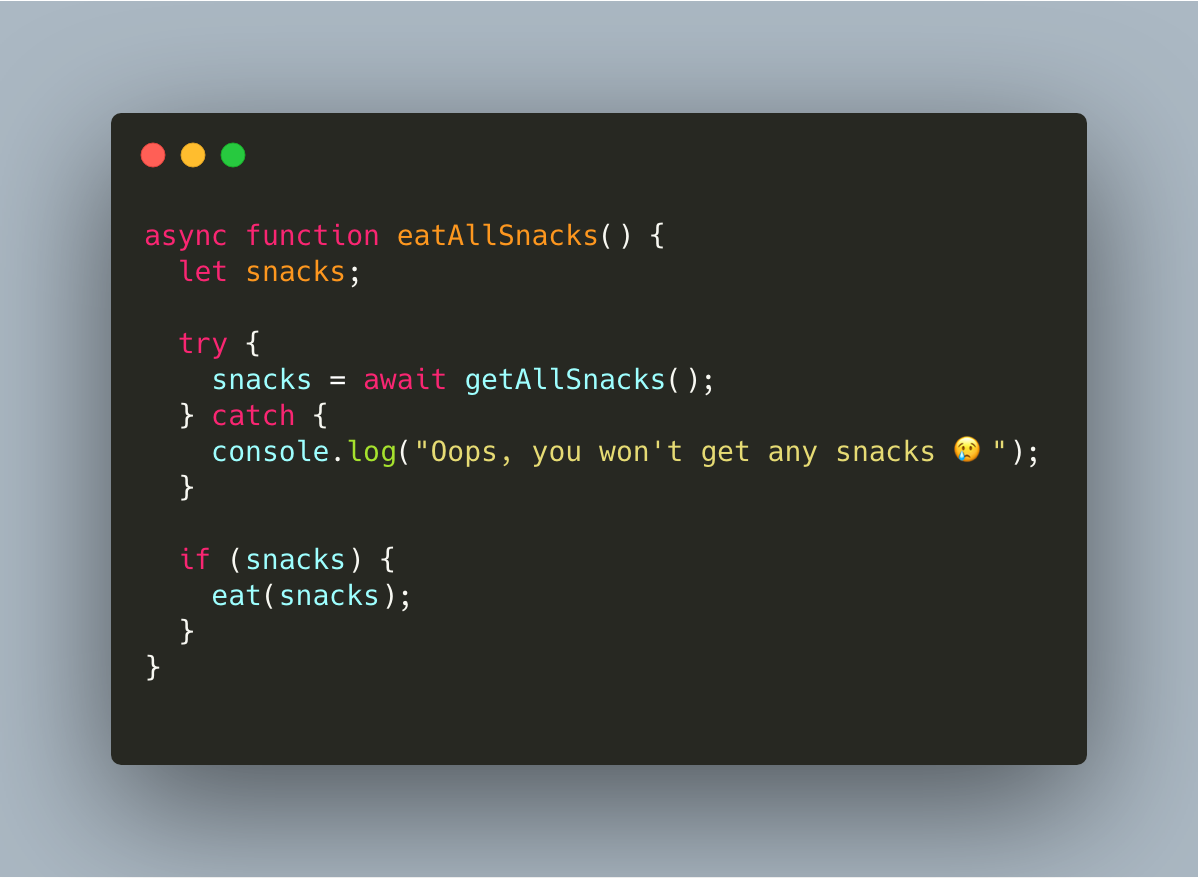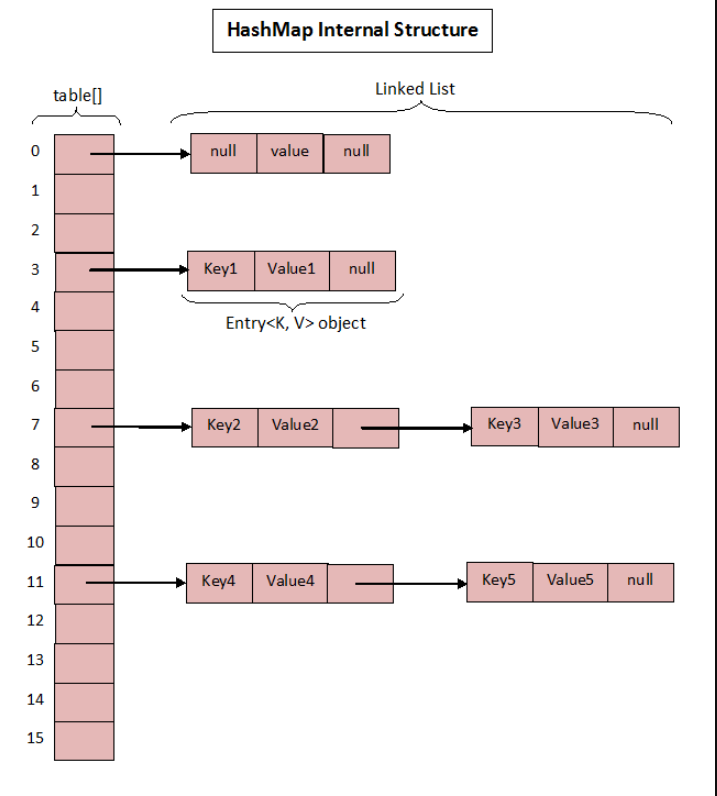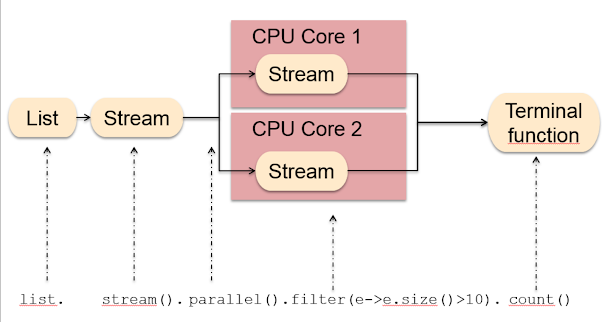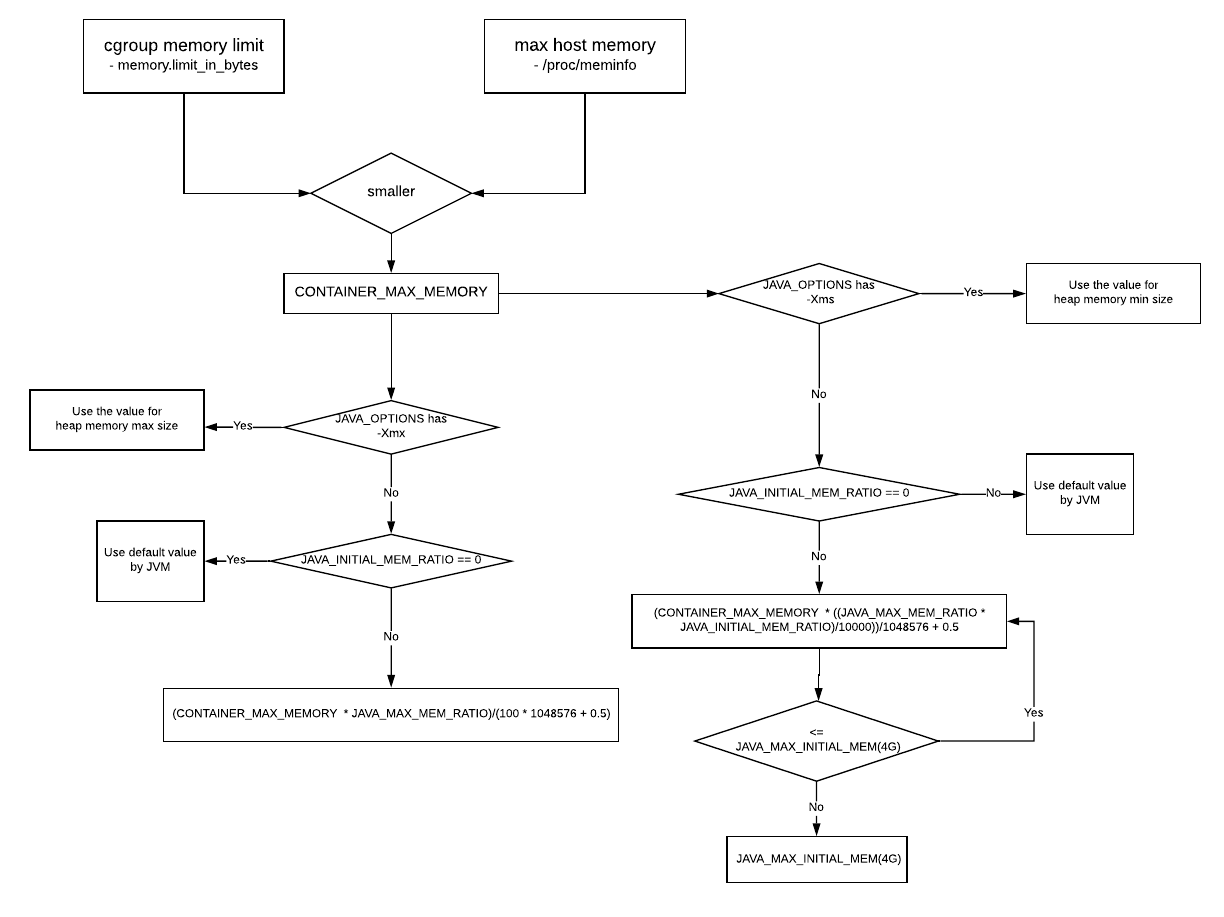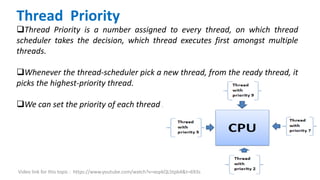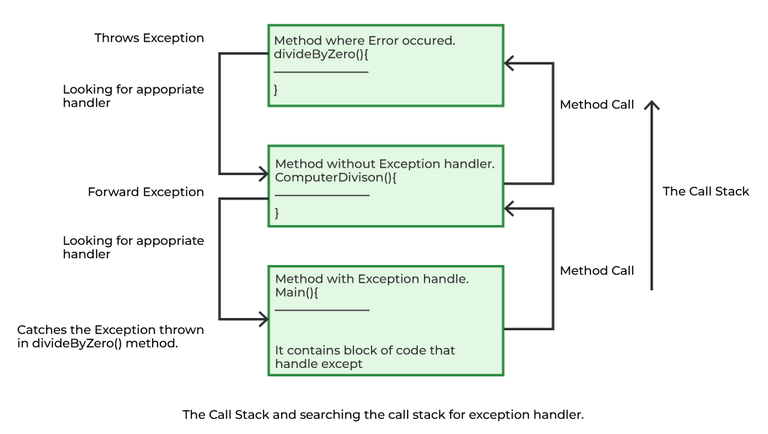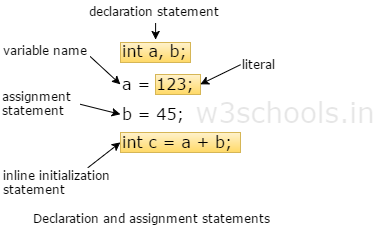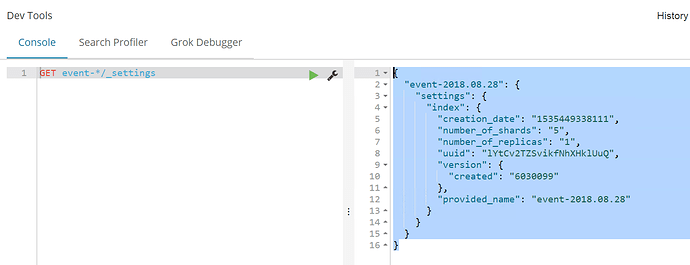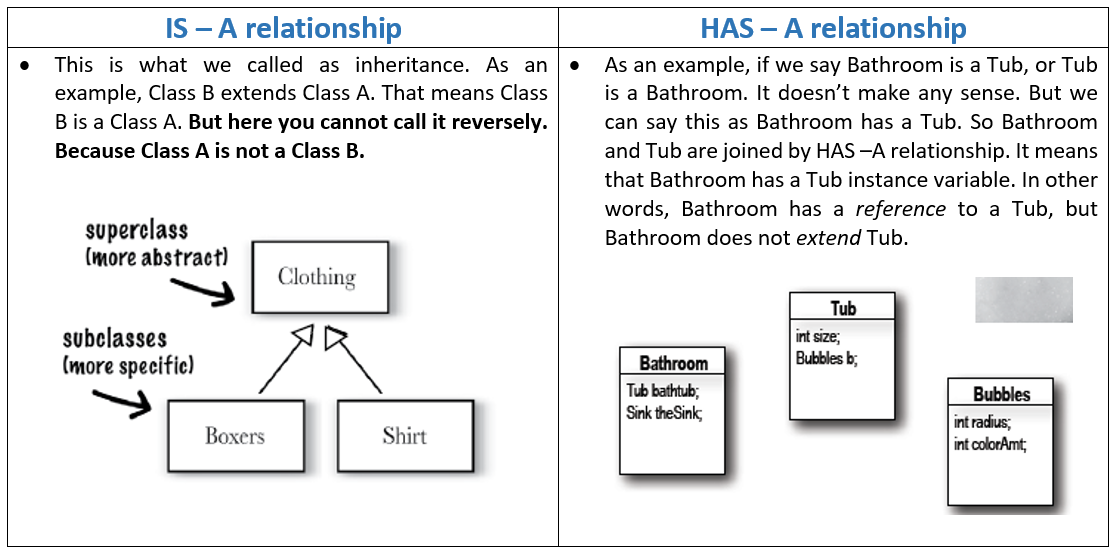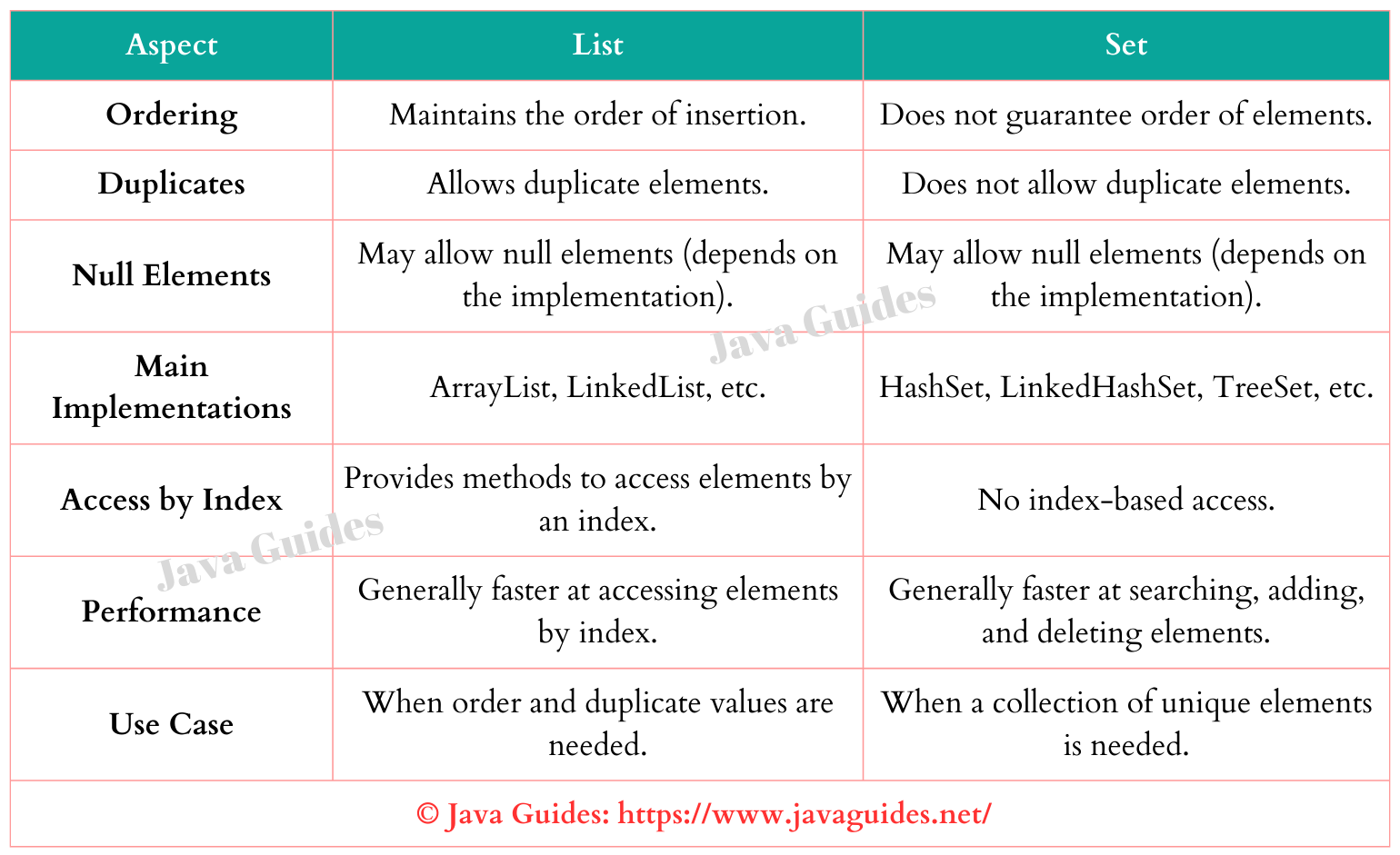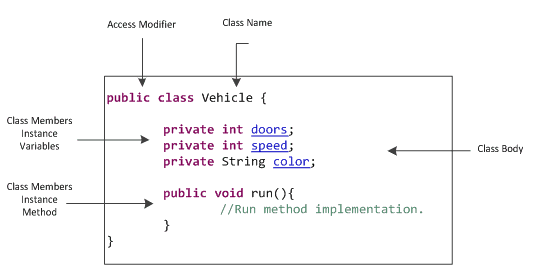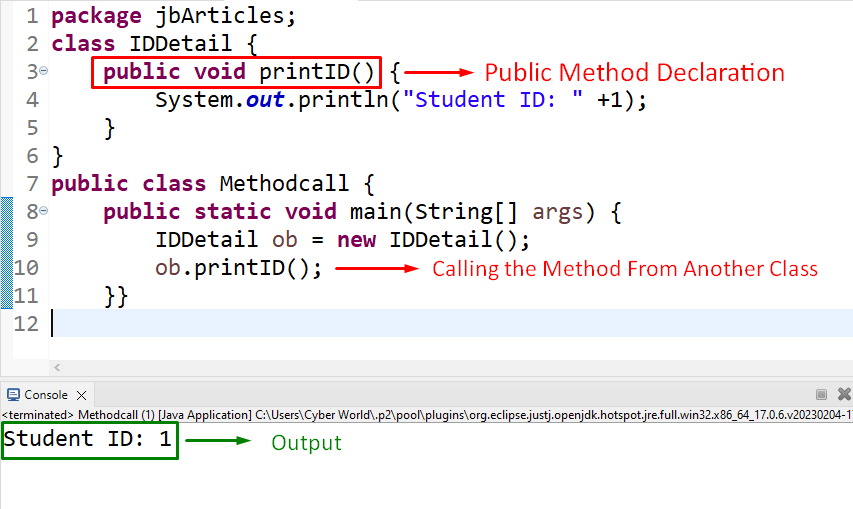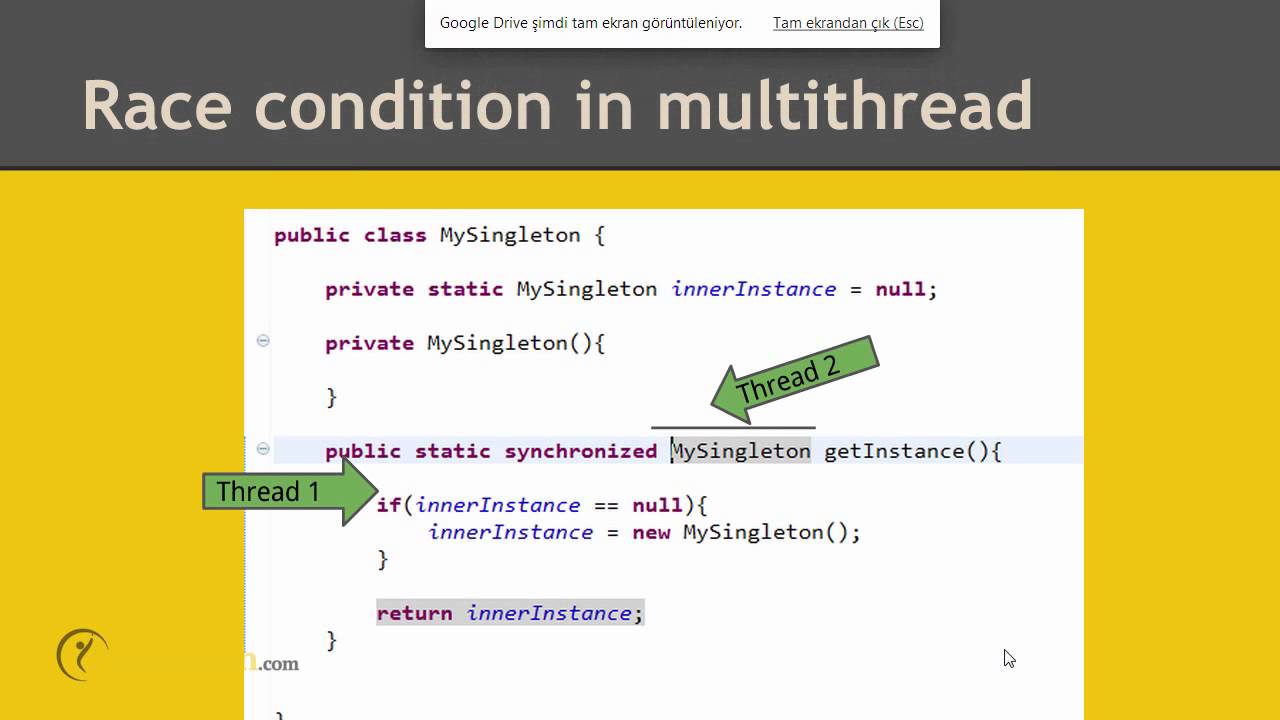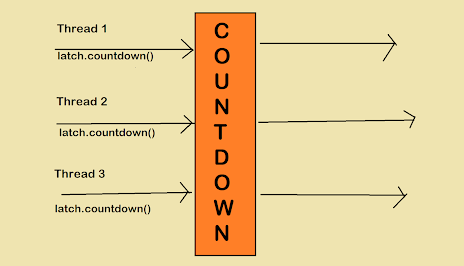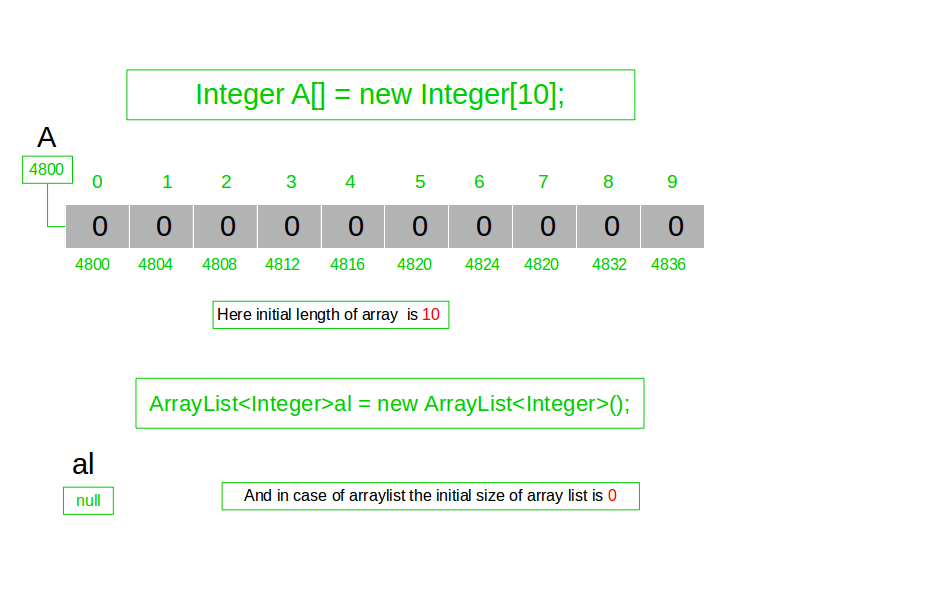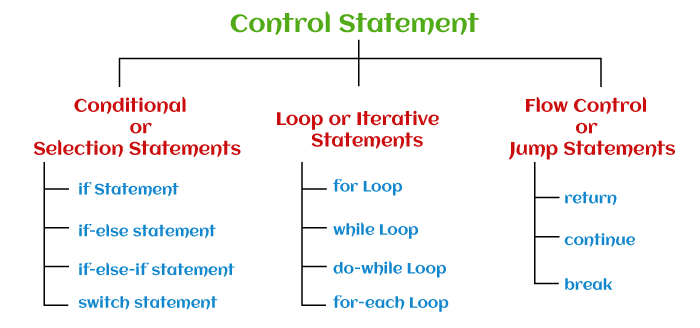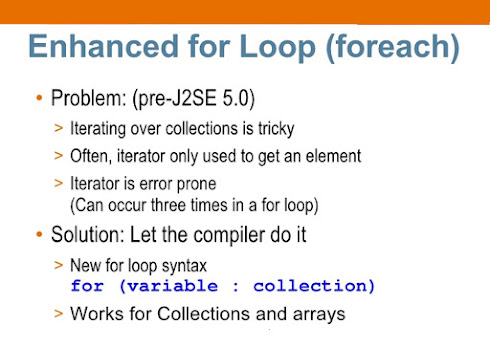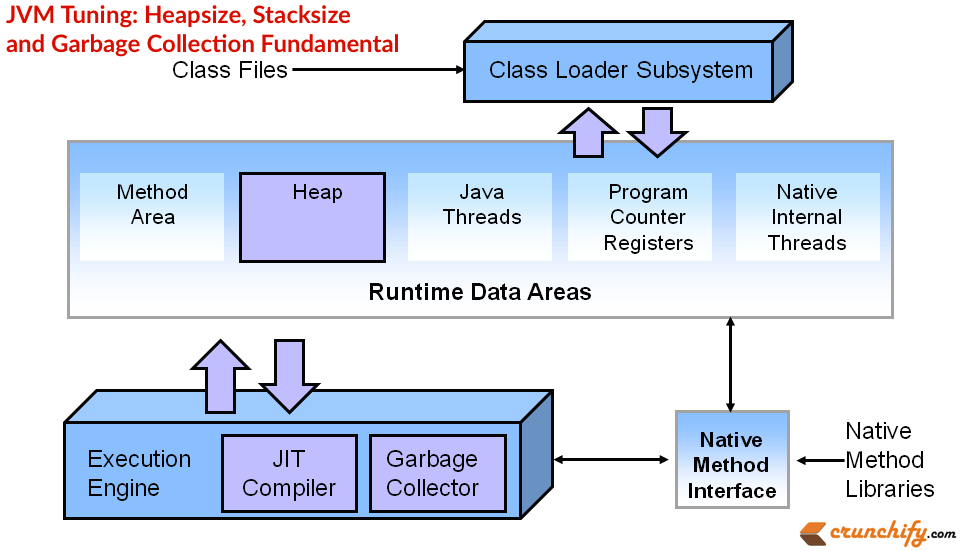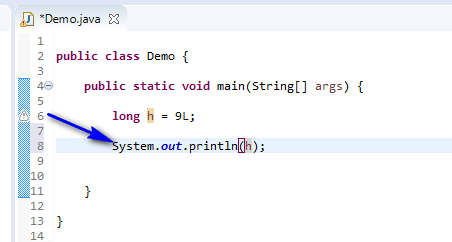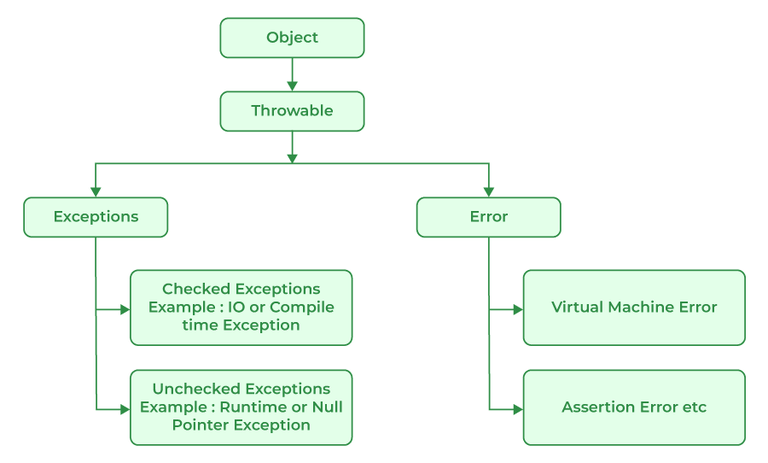Generic method in Java
Generic method in Java
I'm happy to respond in English! Here's a detailed explanation of generic methods in Java:
In Java, generics are a feature that allows you to specify the data type of a class or interface at compile-time. This helps prevent runtime errors and improves code readability. A generic method is a method that can work with different types of data, such as integers, strings, or custom classes.
Here's a basic example of a generic method in Java:
public class GenericMethods {
public void printArray(T[] array) {
for (T element : array) {
System.out.println(element);
}
}
public static void main(String[] args) {
GenericMethods gm = new GenericMethods();
Integer[] intArray = {1, 2, 3};
gm.printArray(intArray);
String[] strArray = {"Hello", "World"};
gm.printArray(strArray);
}
}
In this example, the printArray method takes an array of type T as a parameter. The T is replaced with the actual data type when the method is called.
The main method creates two arrays, one for integers and one for strings, and calls the printArray method twice. The first time, it passes an integer array, and the second time, it passes a string array. Because of generics, the printArray method can work with both types without any additional type casting.
Here's another example that demonstrates more advanced generic methods:
public class GenericMethods {
public double average(T[] numbers) {
double sum = 0;
for (T number : numbers) {
sum += number.doubleValue();
}
return sum / numbers.length;
}
public static void main(String[] args) {
GenericMethods gm = new GenericMethods();
Integer[] intArray = {1, 2, 3};
System.out.println("Average of integers: " + gm.average(intArray));
Double[] doubleArray = {1.0, 2.0, 3.0};
System.out.println("Average of doubles: " + gm.average(doubleArray));
}
}
In this example, the average method takes an array of numbers as a parameter. The T extends Number syntax means that T must be a subtype of the Number class (which includes integers, floats, and other numeric types). This ensures that you can't pass an array of non-numeric values to this method.
The main method creates two arrays, one for integers and one for doubles, and calls the average method twice. Because of generics, the average method can calculate the average value for both types without any additional type casting or conversion.
In summary, generic methods in Java allow you to write reusable code that can work with different types of data. By using type parameters like T, you can create methods that are flexible and easy to use, which improves code maintainability and reduces the risk of errors at runtime.
Generic interface in Java
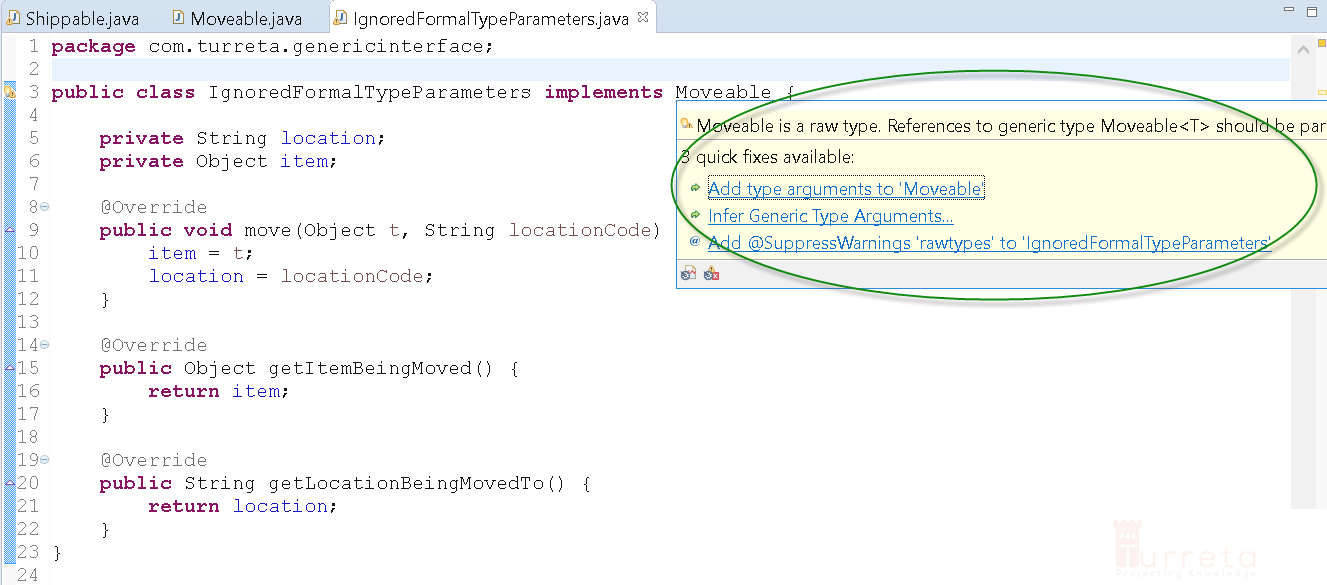
Here's a detailed explanation of generic interfaces in Java:
What is a Generic Interface?
In Java, a generic interface is an interface that uses generics to specify the types of its methods' parameters and return values. This allows for more flexibility and reusability when implementing the interface.
Declaring a Generic Interface
A generic interface can be declared using the following syntax:
public interface MyGenericInterface {
// method declarations
}
The <T> part is called the type parameter, which is a placeholder for a specific type that will be specified when implementing the interface.
Using Type Parameters in Interface Methods
When declaring methods inside the interface, you can use the type parameter to specify the types of its parameters and return values. For example:
public interface MyGenericInterface {
T getDefaultValue();
void setDefaultValue(T value);
}
In this example, the getDefaultValue() method returns a value of type T, and the setDefaultValue() method takes a value of type T as a parameter.
Implementing a Generic Interface
When implementing a generic interface, you need to specify the actual type that will be used for the type parameter. For example:
public class MyConcreteClass implements MyGenericInterface {
@Override
public String getDefaultValue() {
return "default string";
}
@Override
public void setDefaultValue(String value) {
// implement your logic here
}
}
In this example, the MyConcreteClass class implements the MyGenericInterface interface with a type parameter of String.
Advantages of Generic Interfaces
Using generic interfaces provides several advantages, including:
Type Safety: By specifying the types of parameters and return values, you can ensure that only compatible types are used when implementing the interface. Reusability: A single generic interface implementation can be reused with different types, without having to create separate implementations for each type. Improved Code Readability: The use of generics helps to make the code more readable, as the types of parameters and return values are explicitly declared.Example Use Cases
Here are a few example use cases where using generic interfaces is beneficial:
Data Access Layer: A data access layer can be implemented with a generic interface that provides methods for retrieving and storing data. The type parameter can specify the type of data being stored or retrieved. Algorithms: An algorithmic interface can be designed to perform operations on data of a specific type. For example, an interface for sorting algorithms can have a type parameter specifying the type of data being sorted. Business Logic: A generic interface can be used to encapsulate business logic that needs to work with different types of data or objects.In conclusion, using generic interfaces in Java provides a way to create reusable and type-safe code that can work with different types of data or objects. This helps to improve code readability and maintainability, while also providing flexibility for future changes.

